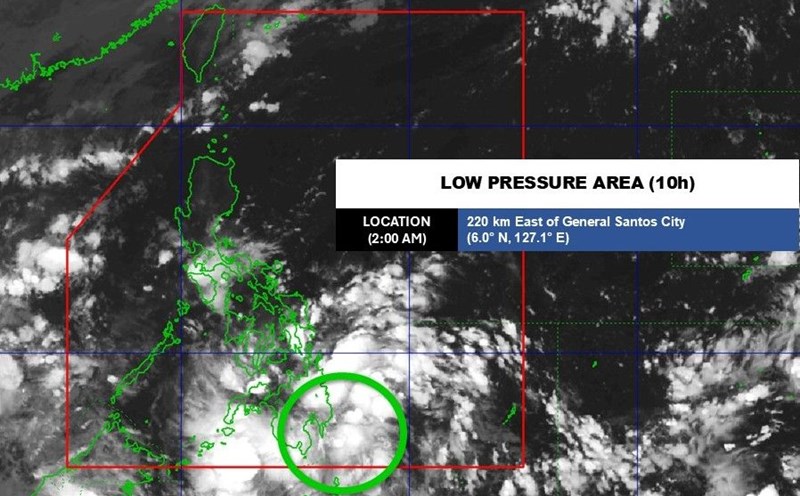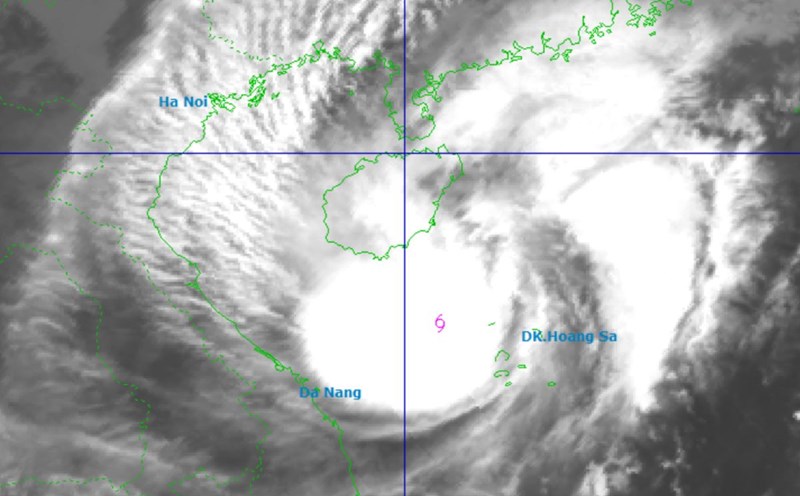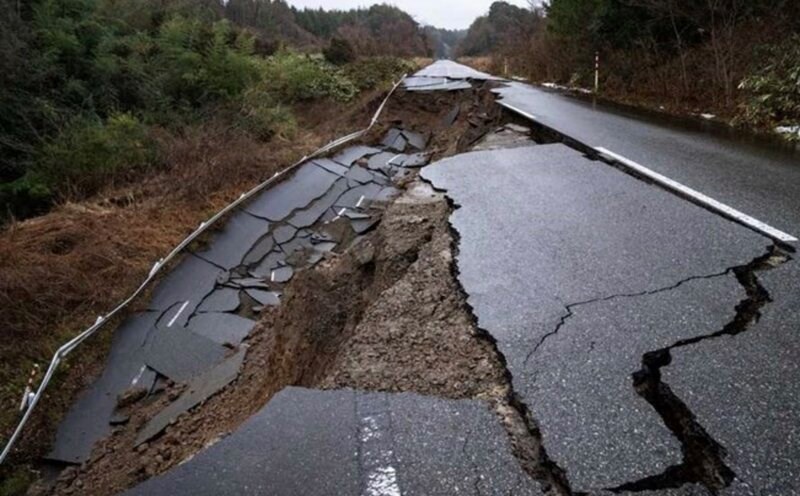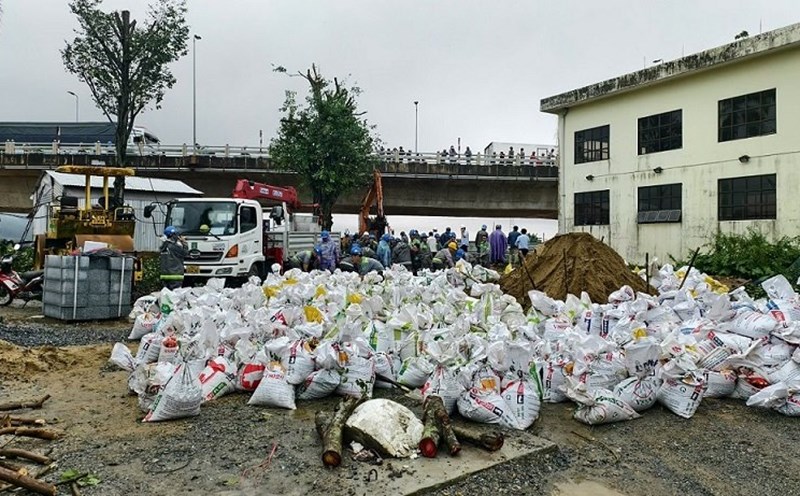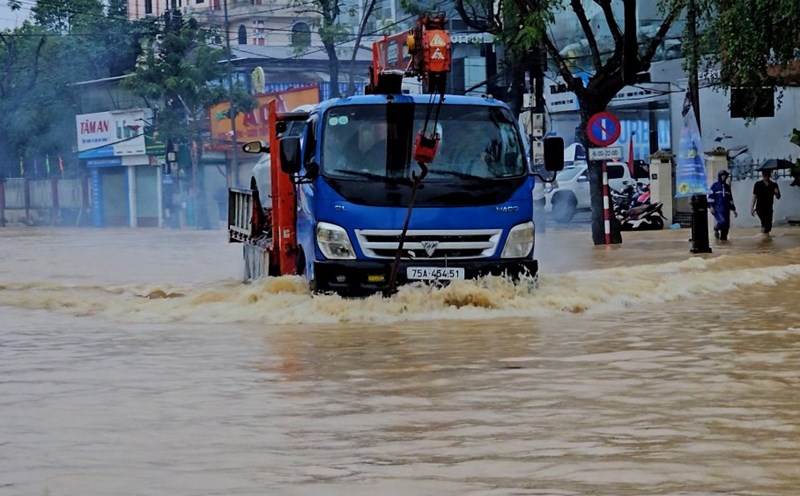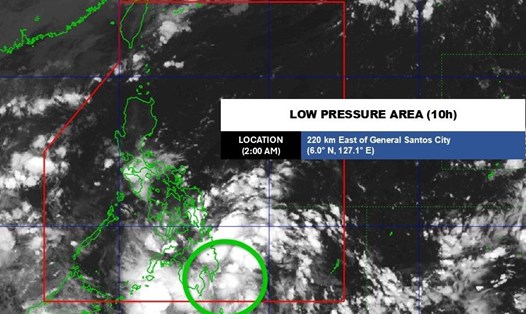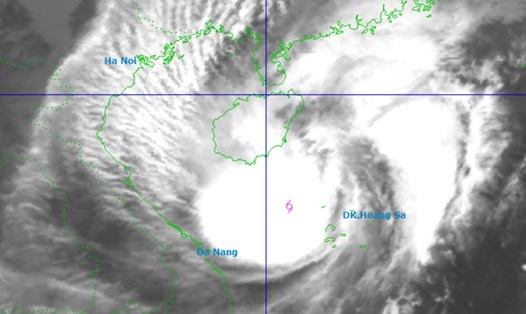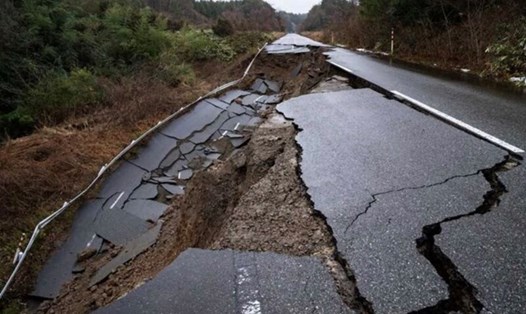Scientists discovered a subducting area under the tu-dissolving Pacific Ocean, for the first time in history observing the phenomenon of the Earth ripening to its own selves.
Research recently published in Science Advances shows that the subduction zone off the Vancouver Island - where Juan de Fuca and Explorer are sliding below the North American plate - is partially dissolving. This is the first direct evidence that a subduction zone is dying in real time.
The team of Brandon Shuck, a geologist at Louisiana State University (USA), used seismic reflection technology, similar to super sound on the Earth, combined with data from thousands of earthquakes in the 2021 Seismic Research Program (CASIE21).
The results show giant cracks running for decades on the ocean floor, where the tectonic plates are separating and collapsing nearly 5km.
We are seeing a dying suction zone, Shuck said. Instead of collapsing in one blast, it is burst into pieces, like a train derailing, one carriage after another.
Scientists believe this disolution may be related to the mechanism for super earthquake formation earthquakes that could exceed level 9 richter and trigger a huge cyclone along the US west coast, similar to the disaster that occurred more than 300 years ago.
The newly discovered cracks could change the way seismic energy is accumulated and released. Some areas along the crack are still active, while others are calm, possibly because the tectonic plates have completely separated and stopped rubbing which could cause energy to accumulate in the vicinity, increasing the risk of a terroristic explosion in the future with extremely dangerous super earthquakes and sunslides.
This discovery is not only related to the risk of earthquakes, but also helps explain the geological mystery of millions of years: Why there were "fossil plate deposits" in the Pacific Ocean and Baja California (Mexico). Scientists now believe that subduction zones do not collapse suddenly, but dead gradually through the process of separation that has lasted for millions of years.
Every time a piece of ice is separated, salinity from deep in the Earth's crust can float through geological windows, causing unusual volcanic explosions and forming new substrate plates.
The land is re-writing its own history right at our feet, Mr. Shuck said. And for the first time, humans have seen it.

